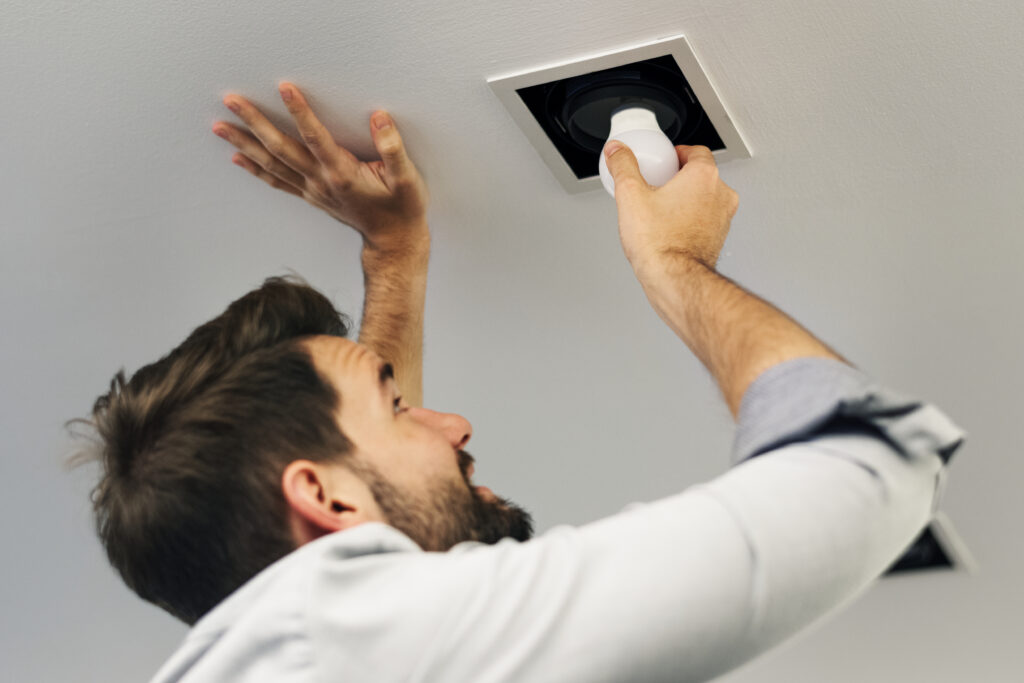When can LED technology be a better alternative to traditional lighting systems?
Amid growing ecological awareness and technological progress, LED (Light Emitting Diode) technology is gaining popularity as an efficient alternative to traditional light sources. Thanks to its unique properties, LEDs offer numerous benefits surpassing traditional lighting solutions, making them the preferred choice for a wide range of lighting applications.
Definitions of Key LED Technology Parameters
- LED Technology: A method of producing light using semiconductors that directly convert electrical energy into light. It is characterized by high energy efficiency, long lifespan, and minimal environmental impact compared to traditional light sources. Example: LEDs are commonly used in street lamps, home lighting, and advanced automotive lighting systems, such as daytime running lights in cars.
- Luminous Flux (lm): A measure of the total amount of light emitted by a light source, expressed in lumens (lm). Luminous flux helps to assess how bright the light generated by a given source will be. Example: An LED bulb emitting 800 lm provides comparable brightness to a traditional 60W bulb.
- Color Temperature (K): Determines the perceived warmth or coolness of the light emitted by a light source, expressed in kelvins (K). Lower values indicate warmer, yellow-orange light, while higher values suggest cooler, white-blue light. Example: LEDs with a color temperature of 3000K produce warm, cozy light, ideal for living rooms or bedrooms.
- Color Rendering Index (Ra): Measures the accuracy with which a light source reproduces colors compared to natural light. The Ra scale ranges from 0 to 100, where 100 represents perfect color reproduction. Example: LED lamps with Ra>90 are especially recommended for applications where accurate color reproduction is important, such as in museums or clothing stores.
The Significance of European Union Regulation for LEDs
Rozporządzenie Komisji (WE) Nr 244/2009 ustanawia obowiązek podawania przez producentów wartości strumienia świetlnego i temperatury barwowej na opakowaniach „ledówek”. To kluczowe informacje pozwalające użytkownikom na świadomy wybór zamienników LED, zapewniających pożądane parametry oświetleniowe. Deklarowana moc równoważna żarówki tradycyjnej, emitującej tę samą ilość strumienia świetlnego, pomaga w eliminacji nieuczciwej konkurencji i ułatwia orientację konsumentom w realnej efektywności energetycznej produktów LED.
Choosing LED replacements in professional lighting
In the context of professional lighting, compliance with standards and functional requirements is crucial. In addition to luminous flux, color temperature, and color rendering index, it is also important to consider the following issues:
- Light Distribution:Determines how light is distributed from a lighting fixture, affecting the efficiency and visual comfort of lighting. Professional fixtures with advanced optical systems shape light to meet specific lighting requirements, requiring LED replacements to be fully compatible to maintain designed parameters. Example: In an art gallery, fixtures with precise light distribution focus light on individual paintings, highlighting their details without blinding visitors. LED replacements for these fixtures must work closely with optical systems to ensure uniform accentuation of artworks.
- Luminance: Measures the perceived brightness of a light source, expressed in candelas per square meter. Crucial for preventing glare and visual discomfort, it requires adjustment in LED replacements to avoid excessive brightness, ensuring safety and user comfort. Example: In an open-plan office, high luminance from LED replacements can lead to glare on computer screens, causing eye fatigue for workers. Using LED replacements with diffusers can evenly distribute light, reducing the risk of glare and improving visual comfort in the workplace.
Applying definitions in practice
LEDs, with their advanced technical parameters and regulatory support, offer new possibilities in terms of energy efficiency, light quality, and durability. When selecting LED lighting, it is essential to pay attention to basic parameters as well as compliance with standards and requirements specific to the application. Understanding these aspects is crucial to achieving optimal lighting conditions, both in homes and professional spaces, while minimizing environmental impact.
LEDs not only represent an advanced technological alternative to traditional lighting but also a step towards a more sustainable future, offering a broad spectrum of applications – from home lighting to professional lighting of public spaces and specialized applications where accurate color reproduction or focused light is crucial. In an era of increasing ecological awareness and technological progress, LED technology is gaining popularity, changing the way we think about lighting.




